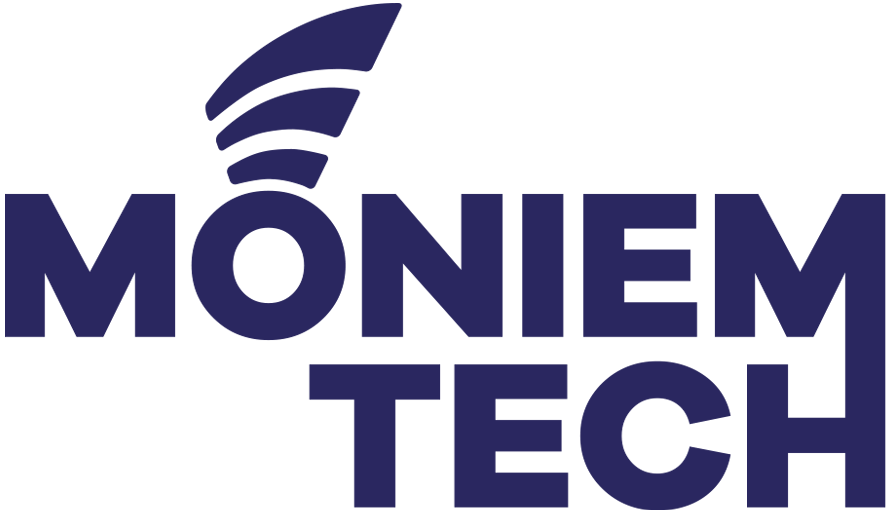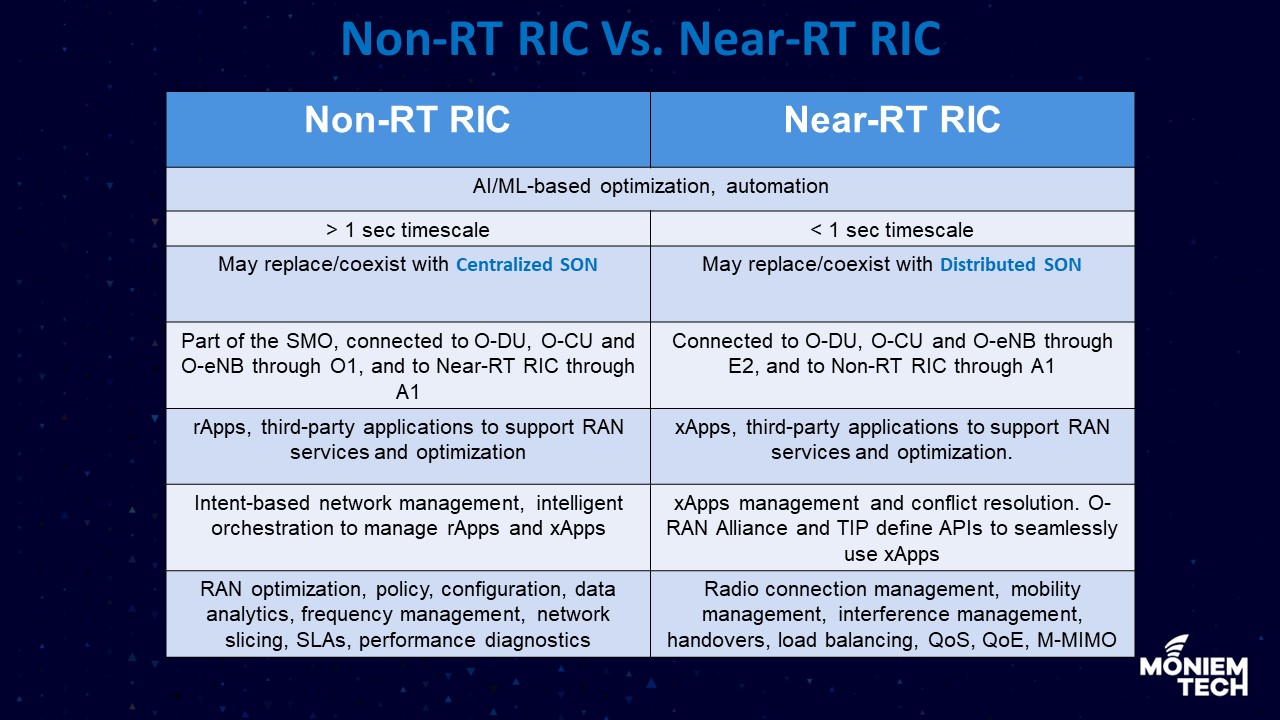
The RAN intelligent Controller (RIC) is cloud-native, and a central component of an open and virtualized RAN network. The RIC aligns with 3GPP release 15 and beyond. It is foundational to enabling network programmability, intelligence, and disaggregation in a modern network. It is an essential component of the Open RAN architecture. The RIC architecture includes […]
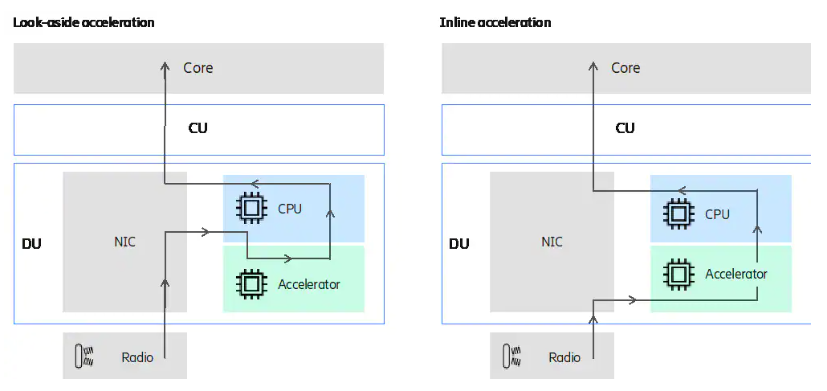
Open RAN by disaggregation involves CU (Centralized Unit) and DU (Distributed Unit) virtualization. By decoupling hardware and software, Open RAN makes it possible to select different vendors and solutions for hardware and software and to manage their lifecycles separately. More specifically, this makes it possible to use COTS (Commercial off-the-shelf) general-purpose hardware in the RAN […]
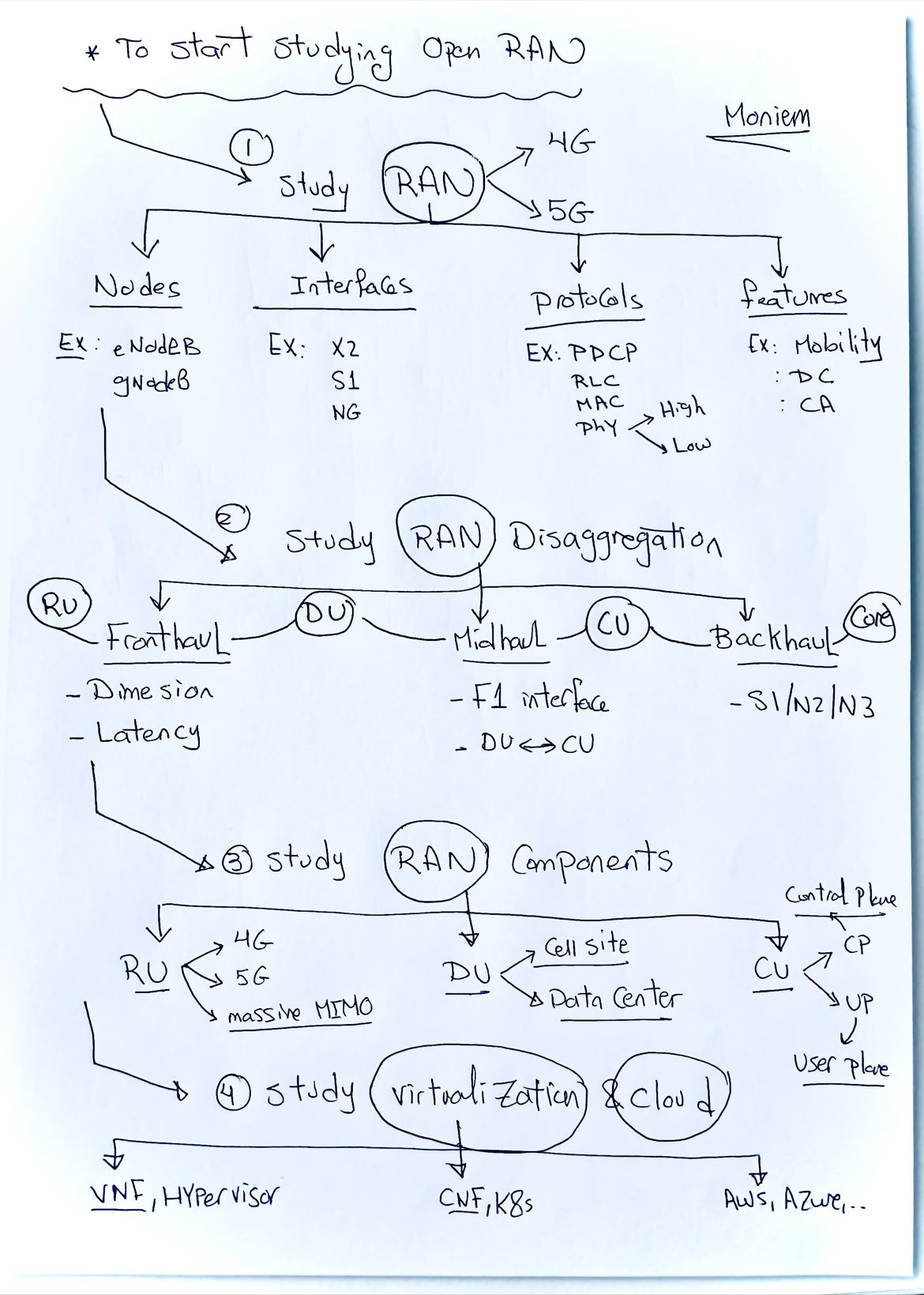
The Open RAN concept is based on open and standardized interfaces, which grant interoperability. Thus, it enables multiple vendors to provide different parts of hardware and software. 🧧 Although various network elements come from numerous vendors and are pro vendors to proprietary, they are designed to work together with other vendors’ products. In addition, open […]
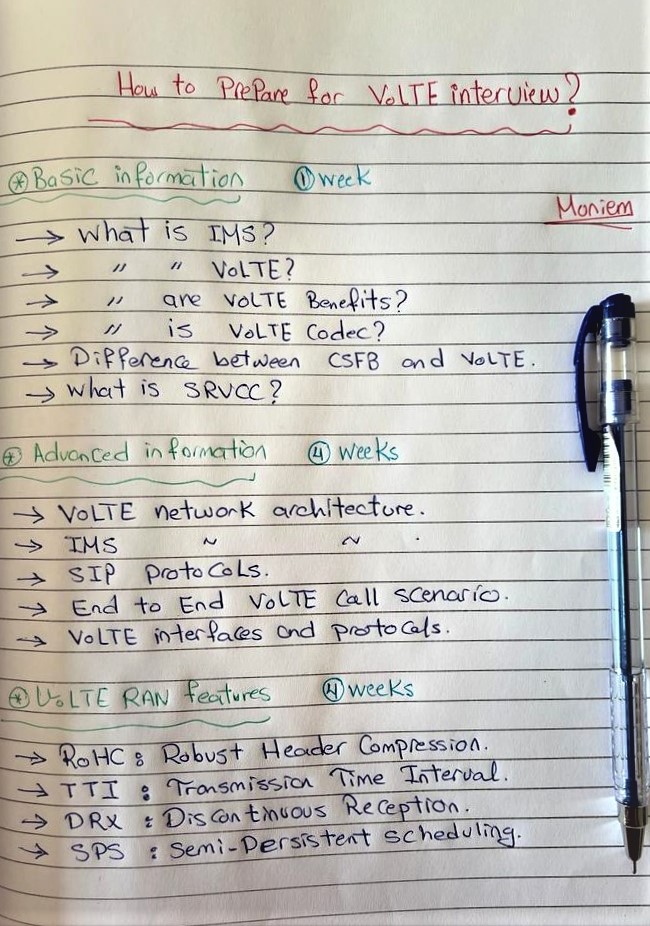
How to Prepare for VoLTE Interview? 📗 Start Slowly with the Basic information of what is VoLTE, its Benefits, and its use cases. Also needs to understand the difference between CSFB and VoLTE -> which may take around 1 week if you dedicated 1 Hour per week. 📗 Advanced Level, Here you need to understand […]
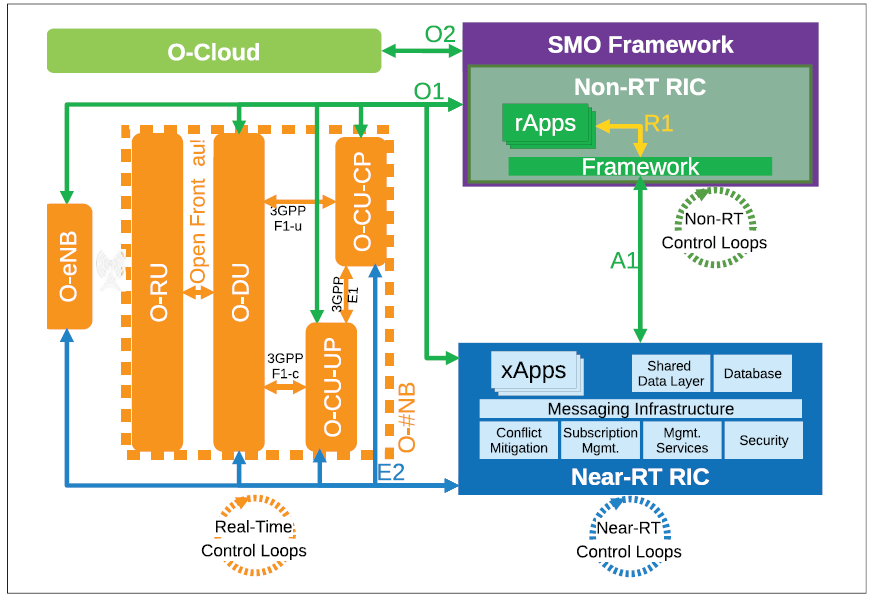
First, We need to know that the most important functional components introduced by O-RAN are the non-real-time (non-RT) radio intelligent controller (RIC) and the near-RT RIC. While the former is hosted by the service management and orchestration (SMO) framework of the system (e.g., integrated within ONAP), the latter may be co-located with 3GPP gNB functions, […]
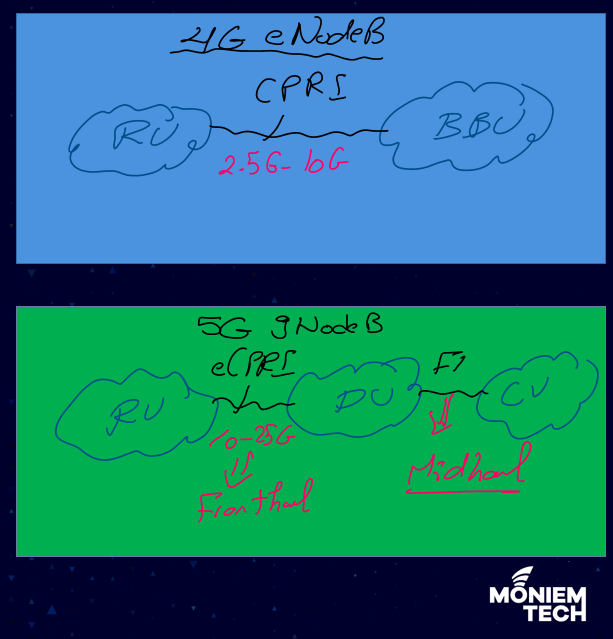
As per Statista, The number of global unique mobile subscribers is expected to grow by 160 million from 5.7 billion subscribers in 2020 to 5.86 billion in 2025 and this massive data growth means more expectations regarding the data speed, capacity, and customer experience. 4G technology provides the network architecture to transmit huge amounts […]

The RAN has been considered the most expensive part of network deployment. RAN consists of around 60-70% of the network Capex. The Open RAN (Open Radio Access Network (RAN) Journey is about changing the mindset and accepting the fact that Open RAN is not a new technology we need to test, however, it’s the future […]
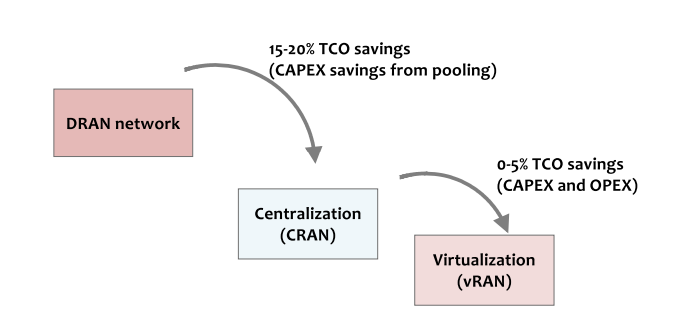
Virtualized radio access networks (vRANs) are a way for telecommunications operators to run their baseband functions as software. One of the primary benefits of virtualizing radio access networks (RANs) is that RAN functions no longer require special proprietary hardware to run, and can instead be run on standard servers. This is achieved by applying the […]
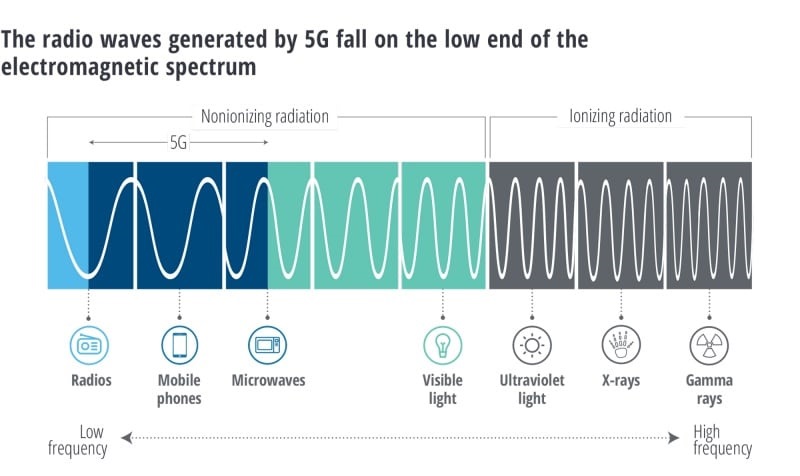
All generations of mobile phone technology, including 5G, take the same familiar underlying approach. A mobile network consists of a nationwide grid of cell sites. These sites feature transmitters that generate radio waves, which are received by a mobile phone’s antenna. The radio waves generated by mobile networks, TV stations, and radio stations are not […]
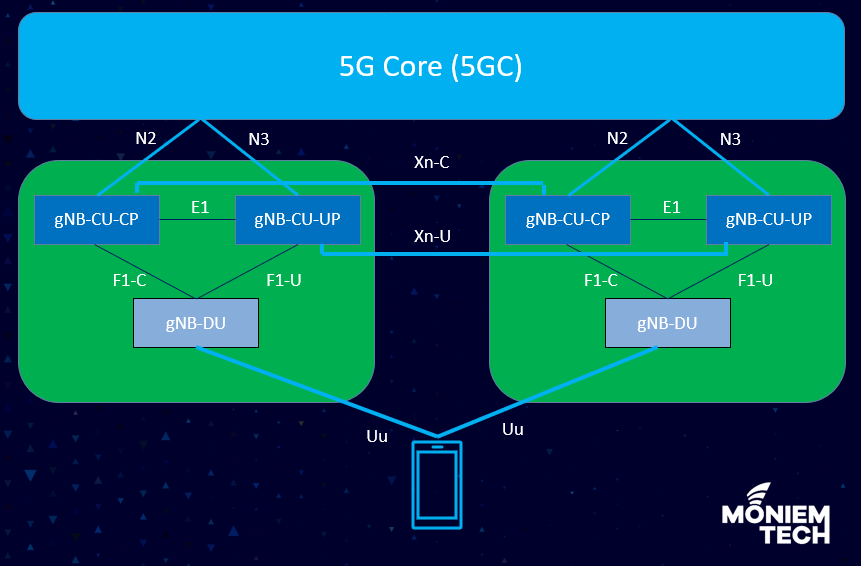
As per 3GPP, The gNB is divided into two logical functions: the CU and DU. The DU is the baseband unit in a 5G RAN. It handles layer 1 and layer 2 processing and fulfills critical functions such as coding/decoding, scheduling, MIMO processing, and beamforming. It makes sub-millisecond decisions about allocating radio resources within a […]
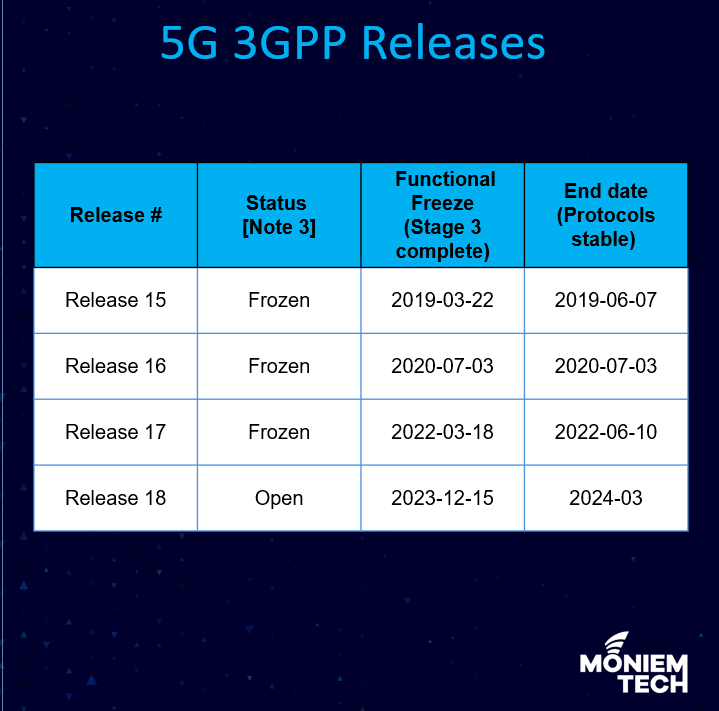
5G is an evolving standard. The initial version of 5G was accomplished with the freezing of Release 15 late-drop in summer 2019. Enhanced features originally were introduced in Release 15 and new features were incorporated in Release 16 in 2020. More enhancements of features defined in prior releases and new features are part of Release […]
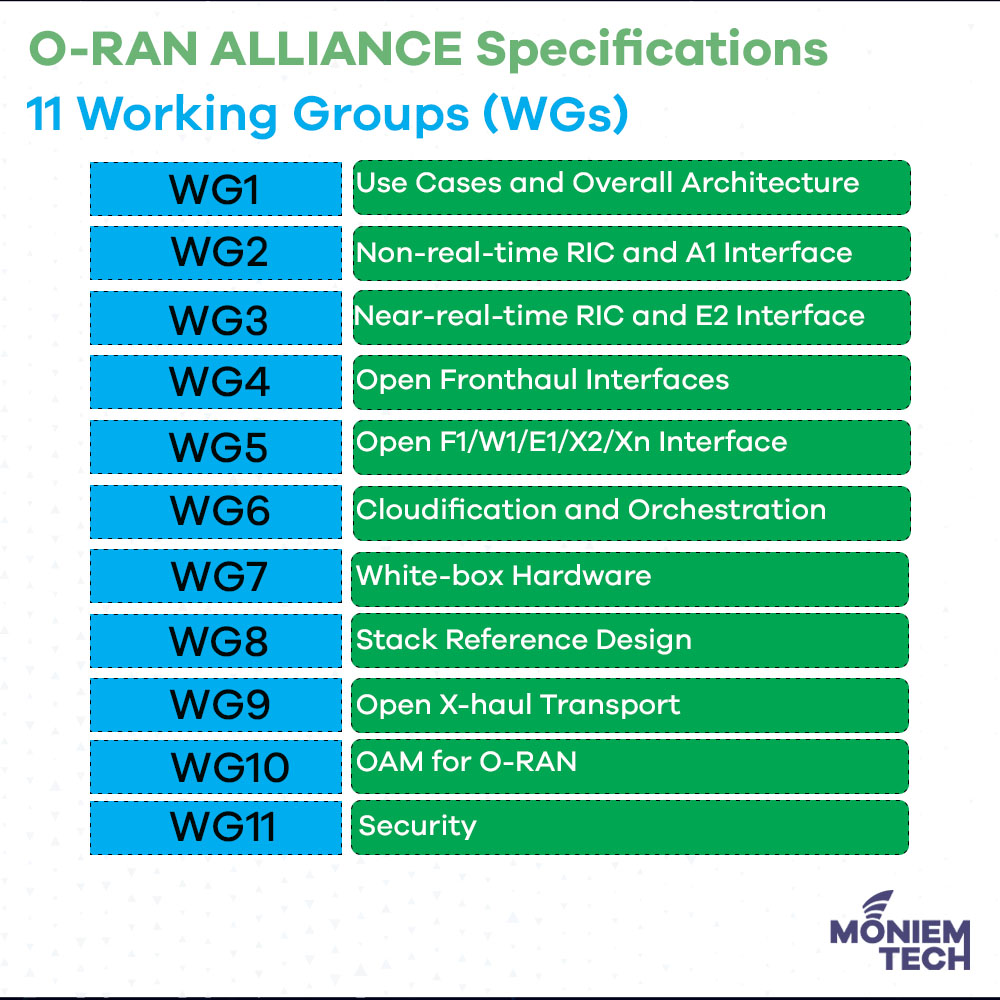
What is O-RAN Alliance? O-RAN Alliance is a global alliance founded in 2018. As of June 2022, the O-RAN Alliance had 345 members and contributors (O-RAN Alliance only allows communication service providers as members, all other companies and entities are considered to be contributors). This includes communication service providers (CSP) and vendors, as well as […]
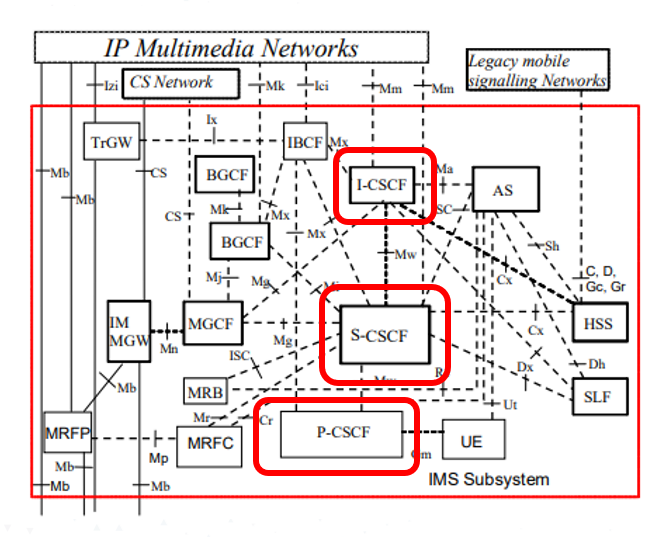
Voice over LTE, or VoLTE is a GSMA profile of the standards defined for the delivery of services currently provided via Circuit Switch networks – mainly voice and SMS – over the Packet Switched only network of LTE, leveraging the core network IP Multimedia Subsystem (IMS). When mobile networks deploy LTE radio access technology, conformity […]

5G can be significantly faster than 4G, delivering up to 20 Gigabits-per-second (Gbps) peak data rates and 100+ Megabits-per-second (Mbps) average data rates. 5G has more capacity than 4G. 5G is designed to support a 100x increase in traffic capacity and network efficiency. 5G has lower latency than 4G. 1G, 2G, 3G, and 4G all led […]

3GPP TS 28.541 explains how Yang models are implemented in 5G gNB in gNB-CU and gNB-DU as below: The nrCellDU table models a geographical area of radio coverage that is implemented and supported by physical radio equipment for 5G NR GNB devices, These are contained in GNBDU Functions. Definition NRCELLDU represents the information of a cell […]
